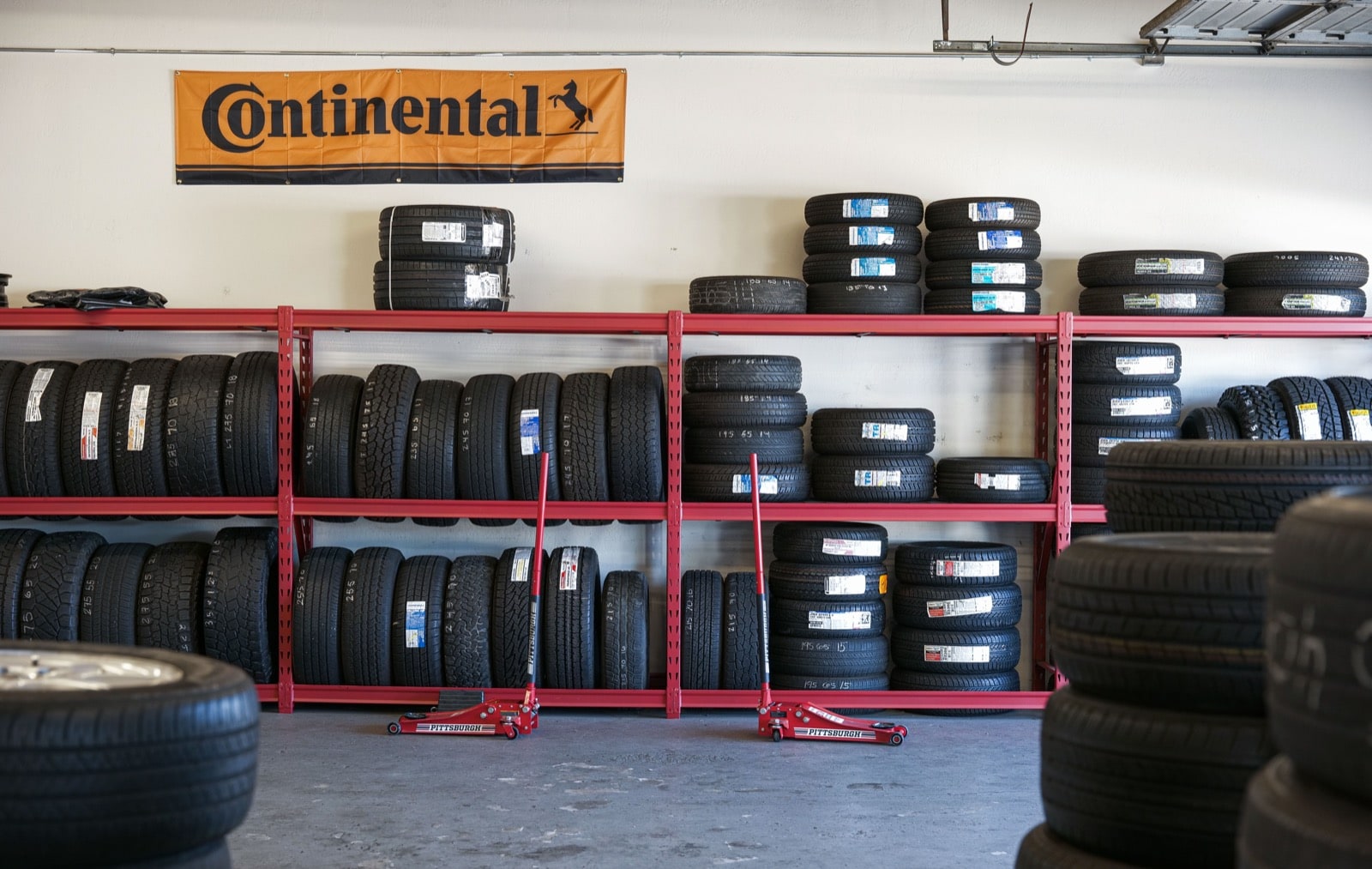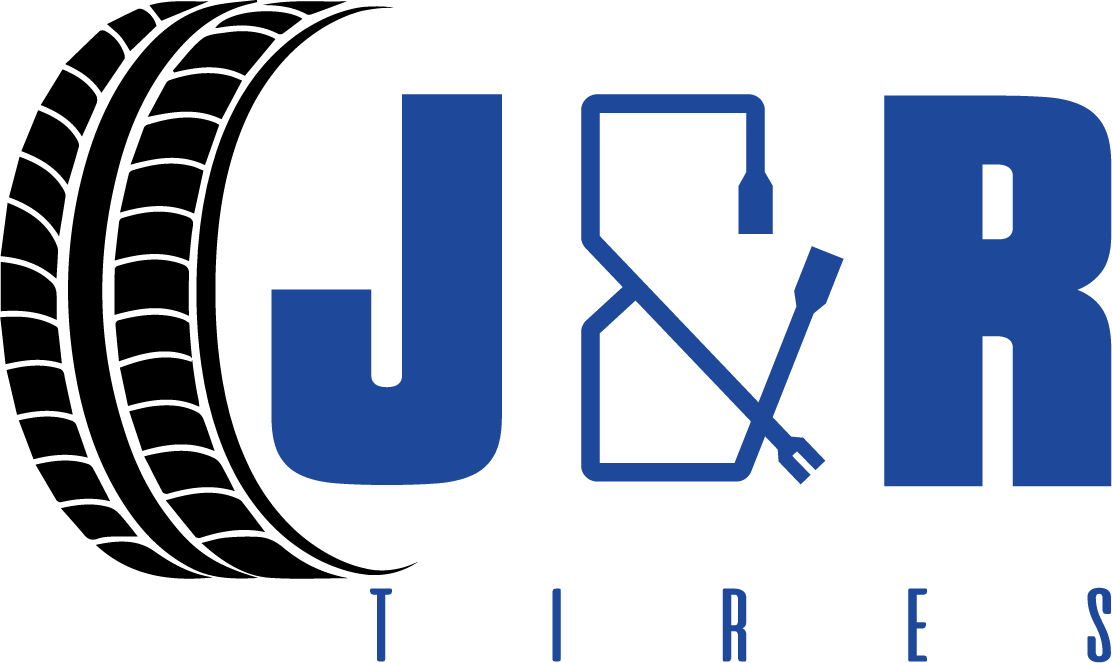Morris Tire Solution: Your Partner for Reliable Tire Solutions Near Me
Morris Tire Solution: Your Partner for Reliable Tire Solutions Near Me
Blog Article
The Scientific Research Behind Tire Repair Service and Security
When it pertains to the detailed globe of tire maintenance and safety, there exists a realm of science that commonly continues to be undetected by the ordinary driver - discount tires morris il. The materials that make up a tire, the effect of tire stress on general safety and security, the effects of tread wear, the complex characteristics of tire traction, and the often-overlooked value of proper wheel alignment all play essential functions in making sure a car operates safely and efficiently. As we navigate through the intricacies of tire repair service and safety, it comes to be apparent that a much deeper understanding of these scientific concepts is not just advantageous yet necessary for every driver when driving
Tire Make-up and Performance
What products make up the composition of tires, and just how do these parts add to their capability on the roadway? Steel cords are included to improve the tire's toughness and help it preserve its shape under different roadway conditions.
The composition of tires plays an important duty in their functionality when driving - discount tires morris il. The rubber substances supply hold and grip, enabling the tire to abide by the road surface and provide stability during velocity, braking, and cornering. The textile and steel layers add to the tire's capability to withstand pressure, keep its shape, and sustain the car's weight. Overall, the careful selection and mix of these products make sure that tires can execute effectively and safely on various roadway surfaces and problems.
Impact of Tire Stress on Safety And Security
Maintaining appropriate tire stress is crucial for making certain ideal safety and security and efficiency while driving. The influence of tire stress on security can not be overemphasized. Underinflated tires are susceptible to getting too hot, which can lead to tire blowouts, specifically at high speeds. Furthermore, reduced tire stress impacts the handling and responsiveness of the car, enhancing the danger of mishaps, especially throughout emergency maneuvers. On the other hand, overinflated tires have less contact with the road surface area, decreasing traction and creating irregular endure the tire treads. This jeopardizes the vehicle's stability and stopping efficiency, presenting a considerable safety danger. Effectively inflated tires additionally play a vital role in gas efficiency, as underinflated tires can increase moving resistance, leading to reduced gas mileage. On a regular basis checking and keeping the right tire pressure not only makes sure security yet additionally expands the lifespan of the tires, saving money on replacement costs over time.
Tread Put On and Its Implications
Correct surveillance of tire walk wear is critical for guaranteeing optimum efficiency and safety and security when traveling. As tires put on down, the deepness of the step diminishes, minimizing the tire's capacity to preserve grip, particularly in wet or slippery problems. The tread pattern and depth play a crucial function in carrying water far from the tire to avoid hydroplaning and keeping hold on the road surface area.
Indicators of too much walk wear include bald spots, uneven wear, and the appearance of wear signs. Bald places show localized wear, which can bring about instability and raised risk of blowouts. Uneven wear this might recommend concerns with tire suspension, inflation, or placement elements. Put on indications are built right into the tire tread and end up being noticeable when the walk deepness gets to a specific nadir, showing the requirement for instant replacement.

Comprehending Tire Grip Dynamics
Checking tire tread wear not just guarantees optimum performance and security but additionally directly impacts the grip characteristics of the tires on different road surfaces. Tire grip is a crucial aspect of car handling and safety and security, as it determines the grasp between the tires and the road. Grip characteristics differ relying on road problems such as dry pavement, damp roads, snow, or ice.

Understanding tire traction characteristics is essential for motorists to adapt their driving behavior according to the road conditions. morris tire. Consistently examining tire step depth and problem can dramatically improve traction efficiency, ensuring much safer driving experiences throughout numerous surface areas
Significance of Correct Wheel Positioning
Making certain proper wheel placement plays a vital function in maximizing car efficiency and prolonging tire longevity. Appropriate wheel positioning entails changing the angles of the wheels to manufacturer requirements, ensuring that they are vertical to the ground and parallel to each various other. When placement is off, it can cause unequal tire wear, lowered fuel effectiveness, and endangered handling.
One of the crucial benefits of preserving appropriate wheel placement is improved handling and stability. Misaligned wheels can trigger the automobile to draw away, impacting guiding control and total driving experience. Additionally, appropriate positioning advertises also tire wear, protecting against premature tire replacement and conserving on maintenance expenses over time.

Conclusion
In verdict, the scientific research behind tire read this post here fixing and security is crucial for preserving automobile performance and ensuring driver security. By understanding tire composition, pressure, step wear, grip dynamics, and wheel positioning, chauffeurs can avoid mishaps and extend the life-span of their tires.
The products that compose a tire, the effect of tire pressure on overall safety, the implications of walk wear, the complex dynamics of tire traction, and the often-overlooked importance of appropriate wheel alignment all play essential duties in ensuring an automobile runs securely and efficiently. On the other hand, overinflated tires have much less call with the road surface, reducing grip and triggering uneven wear on the tire footsteps. Routinely inspecting and maintaining the correct tire pressure not just guarantees security however likewise expands the lifespan of the tires, saving on replacement costs in the long run.
Keeping an eye on tire walk wear not just ensures optimum efficiency and safety and security however likewise straight affects the grip characteristics of the tires on various roadway surface areas. Tire grip is an important element of vehicle handling and security, as it figures out the hold between the tires and the roadway.
Report this page